Project 2024 Edition

Duwamish River People’s Park and Shoreline Habitat
A project supported by: Port of Seattle
Completion date: 2022

To sum up
The Duwamish River People’s Park and Shoreline Habitat (DRPP) is the largest restoration project on Seattle’s only river. The significantly polluted site was transformed in to a 14-acre park and habitat area within an “environmental justice” neighborhood. This project is being implemented in a specific territorial and cultural context. Gradually urbanised to meet the needs of port and industrial development, the banks of the Duwanish River have historically been a fishing and leisure area with a strong tribal heritage. Aware of this dual identity, the Port of Seattle has defined a global development strategy that prioritises environmental sustainability alongside economic growth. This includes:
- Close coordination and partnership between the Port, Boeing, the City of Seattle, King County, the residents of the Duwamish Valley, and the Indigenous tribes to ensure that diverse perspectives informed the project’s goals: environmental cleanup, habitat restoration, and community reconnection with the river.
- Prioritize resident input by recognizing the historical disconnect between the industrial riverfront and the community. Therefore, the Port established a local field office to gather feedback and design ideas directly from those most impacted by decades of pollution.
Opened in 2022, the Duwamish River People’s Park & Shoreline Habitat has become the largest restoration and public access project on the Duwamish River in more than a generation. The 14-acre site has become a refuge habitat for endangered Chinook salmon. It also provides new access to the river for the whole community, particularly the South Park district residents. The park includes trails, a lookout point, and a boat launch. The increase in the salmon population, encouraged by the ecological restoration of the site and more than 85 ha of freshwater, estuarine and marine habitats, has also created favorable conditions for tribal fishing.
Design: IMCO Construction was critical in the removal and cleanup of contaminated soil and sediment. The Port also partnered with Anchor QEA to develop the mitigation banking instrument. The site design was completed using the Port’s in-house engineering and environmental team, with assistance from a community artist, Kristin Tollefson.
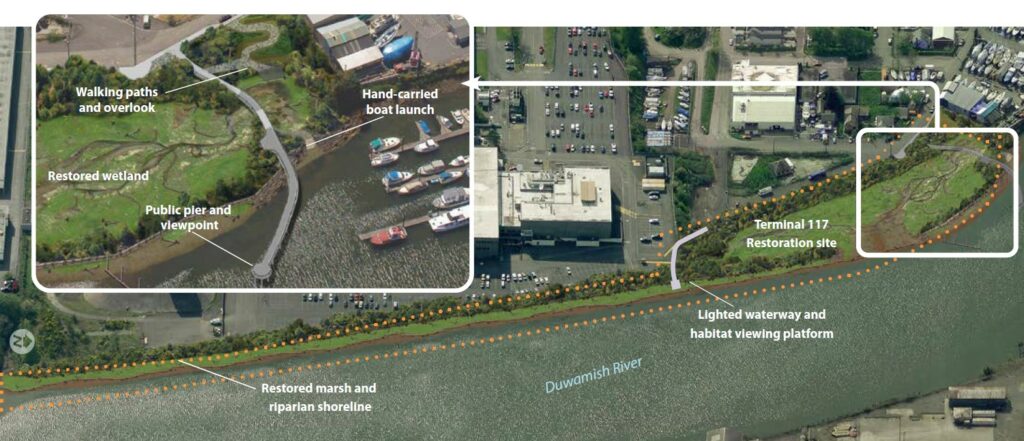
Positioning of the project in relation to the Agenda 2030’s goals*
*According to the Port of Seattle
| Directly related | Indirectly related | Not related | |
| Goal 1: Climate change adaptation | x | ||
| Goal 2: Energy transition & circular economy | x | ||
| Goal 3: Sustainable mobility | x | ||
| Goal 4: Renewed governance | x | ||
| Goal 5: Investing in human | x | ||
| Goal 6: Port Culture & Identity | x | ||
| Goal 7: Quality food for all | x | ||
| Goal 8: Port city interface | x | ||
| Goal 9: Health & life quality | x | ||
| Goal 10: Protecting biodiversity | x |
Learn more about the AIVP commitment: Commitment – AIVP
Outstanding features:
- The project is part of a long-term approach based on partnership and cooperation with the whole community. As an example, the Port of Seattle, the City of Seattle, King County and Boeing have been working together since 2000 within the Duwamish Waterway Group to o investigate the nature of the contamination and develop cleanup plans.
- The local field office set up to gather feedback and design ideas from those most impacted by decades of pollution has now been converted into a space dedicated to a community hub.
- Consultation with the community has led to an increase in the site’s pollution clean-up and ecological restoration goals.
- The park’s design, incorporating fishing access improvements and “net-tie piling”, restores tribal access to this part of the river and actively encourages visitors to engage with the waterfront, transforming it from an industrial barrier into a vibrant community and cultural asset. Interpretive signage on the viewpoint pier includes information about the Tribes and their cultural practices.
- The site serves as a learning lab for young environmentalists seeking skills training and hands-on experience with habitat restoration and marine wildlife conservation.
- Some of the design elements (bridges and observation platforms) were formerly gangways used at Seattle cruise terminal facilities. When they were no longer needed for their original purpose, the Port kept them and reused them to create unique public access features.
- The project establishes a first-of-its-kind “habitat credit bank” for the Port. This allows third parties to invest in restoration efforts through habitat mitigation credits, generating revenue for further ecological improvements. This innovative model promotes broader environmental responsibility while fostering financial sustainability for future projects.
- A 10-year monitoring program demonstrates a commitment to measuring the project’s success in restoring fish and wildlife, site stability, and overall ecological health.
Images of the project
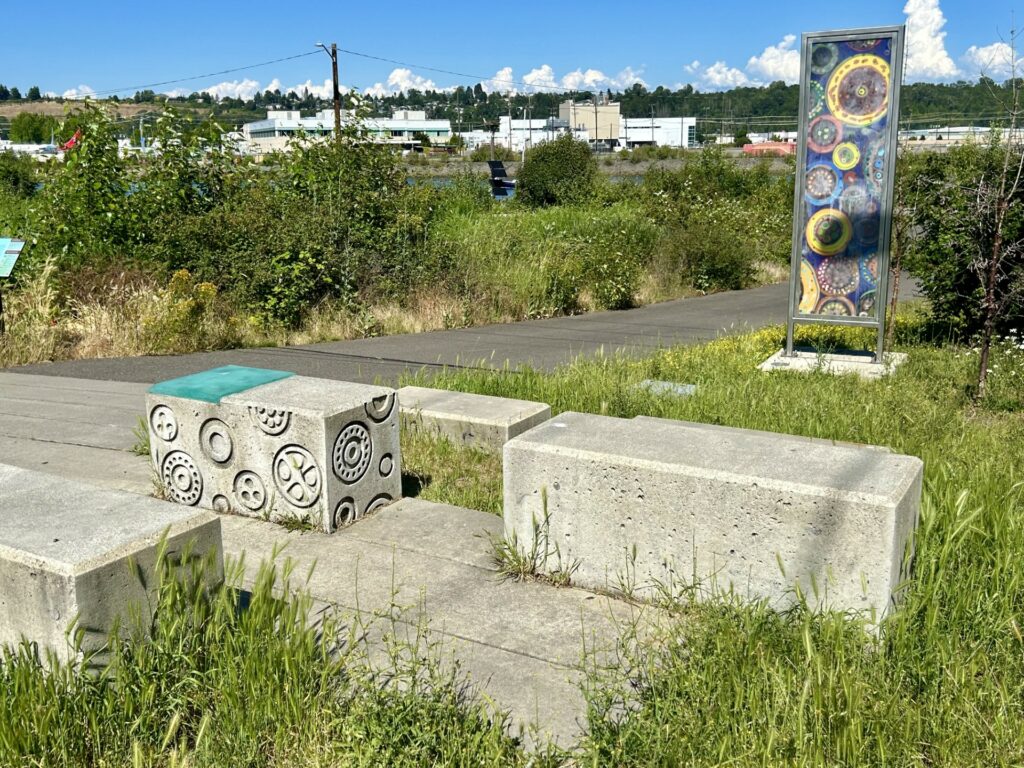
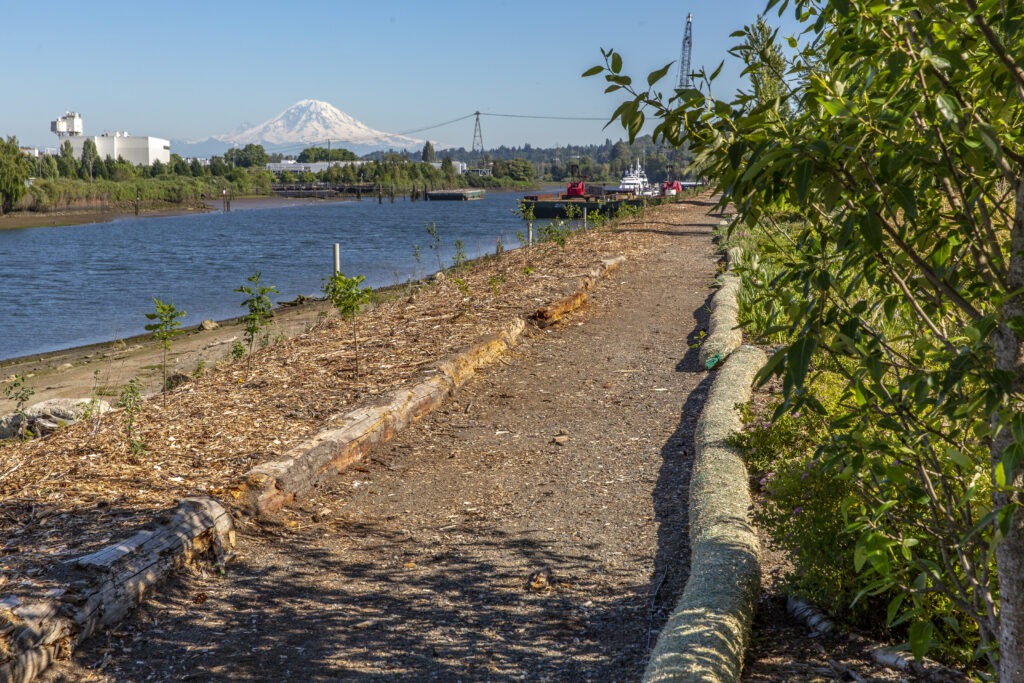
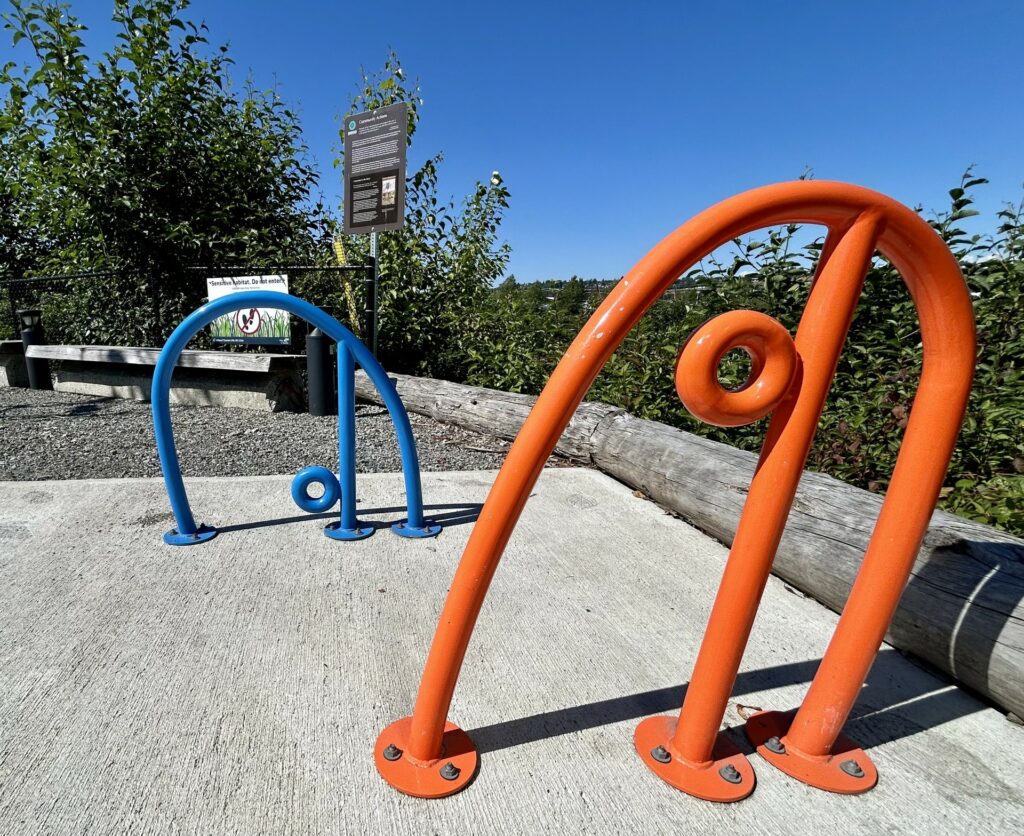
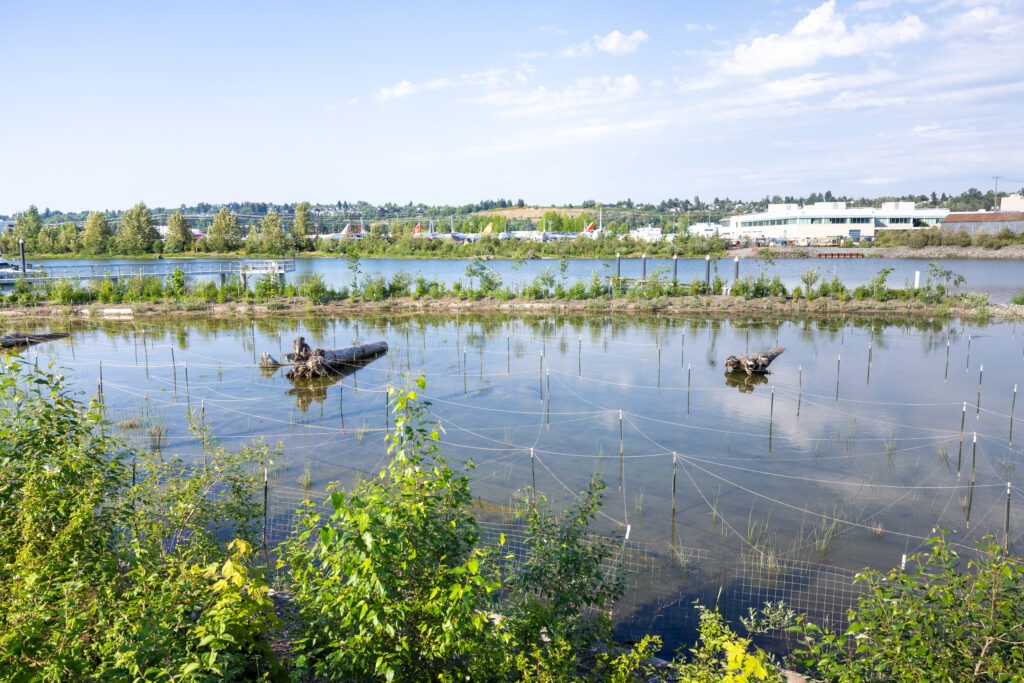
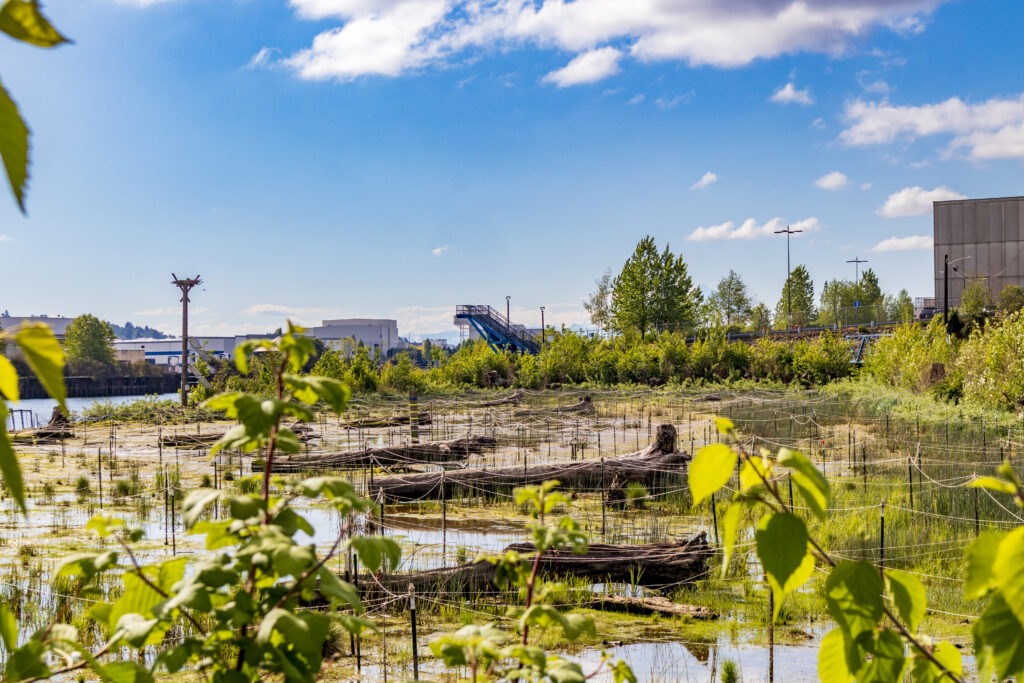
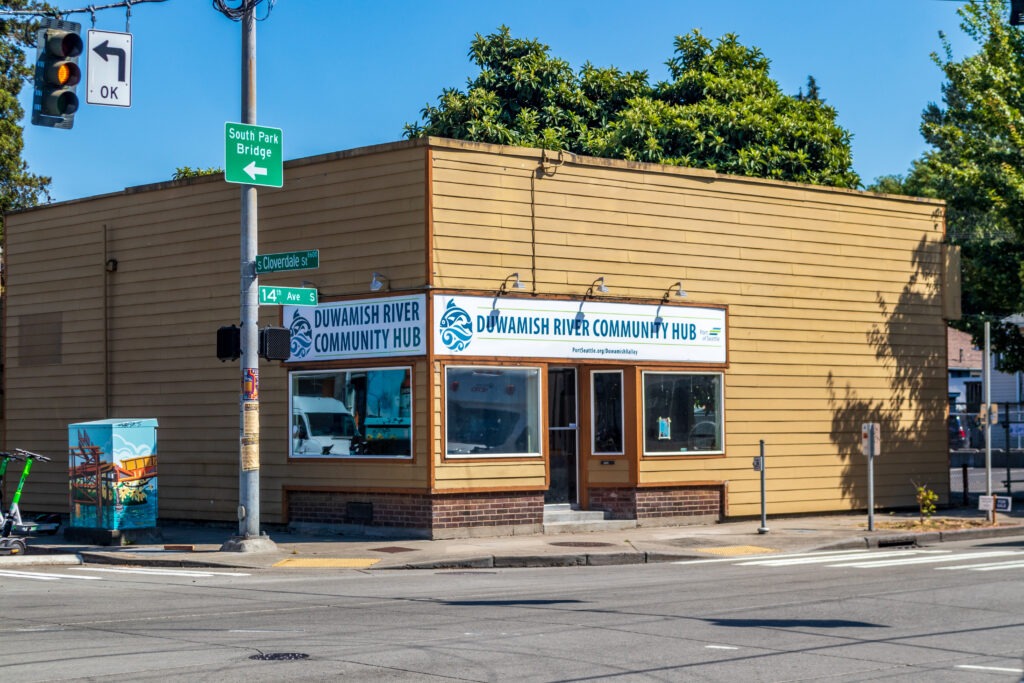
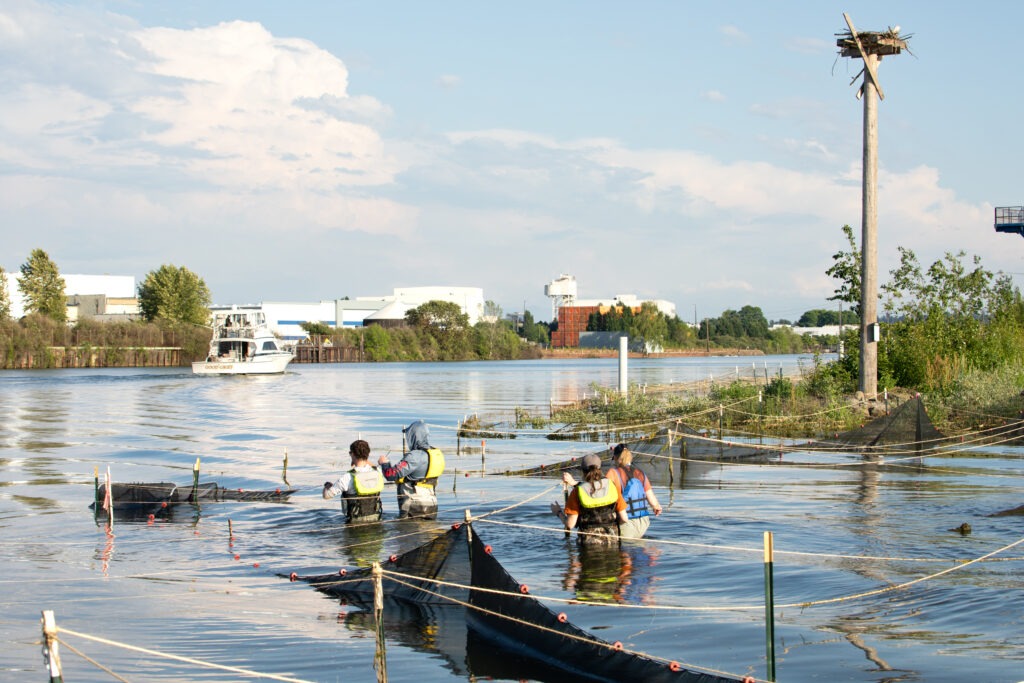
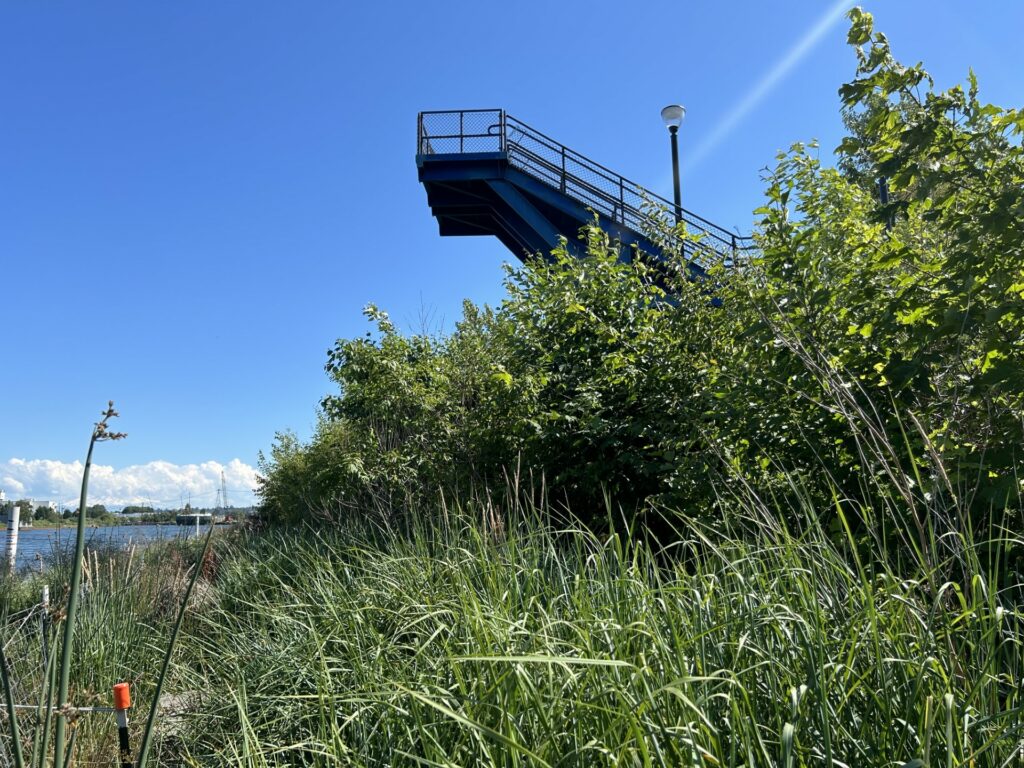
About the Port of Seattle
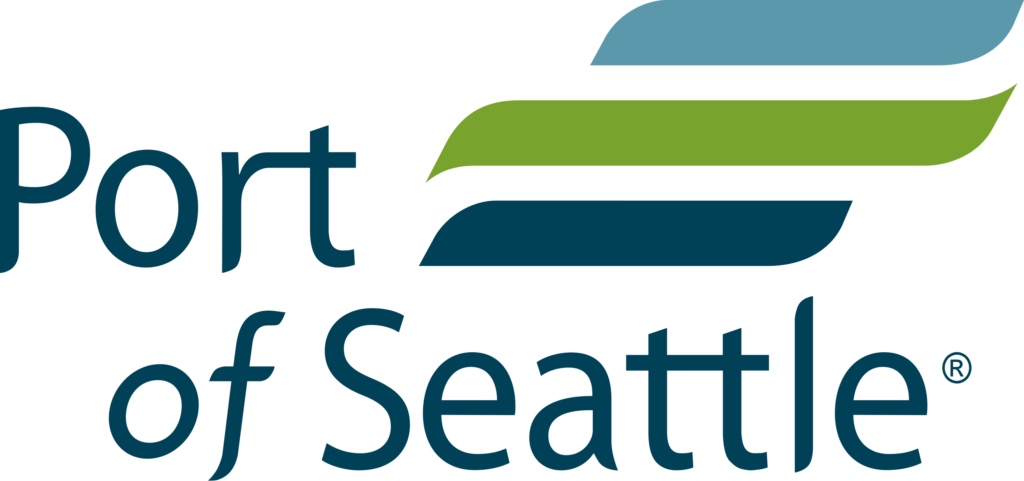
The Port of Seattle (Port) is an independent special purpose agency governed by five elected commissioners and the Executive Director that leads over 2,000 employees. The Port’s mission is to promote economic opportunities and quality of life in the region by advancing trade, travel, commerce, and job creation in an equitable, accountable, and environmentally responsible manner. The Port operates Seattle-Tacoma International Airport (SEA), one of the nation’s busiest airports, and manages a diverse portfolio of maritime facilities. These include cruise ship terminals, Fishermen’s Terminal, and cargo terminals. The Port significantly impacts Washington’s economy, generating $47.4 billion in annual business activity.
Find out more about the project:
Back to projects